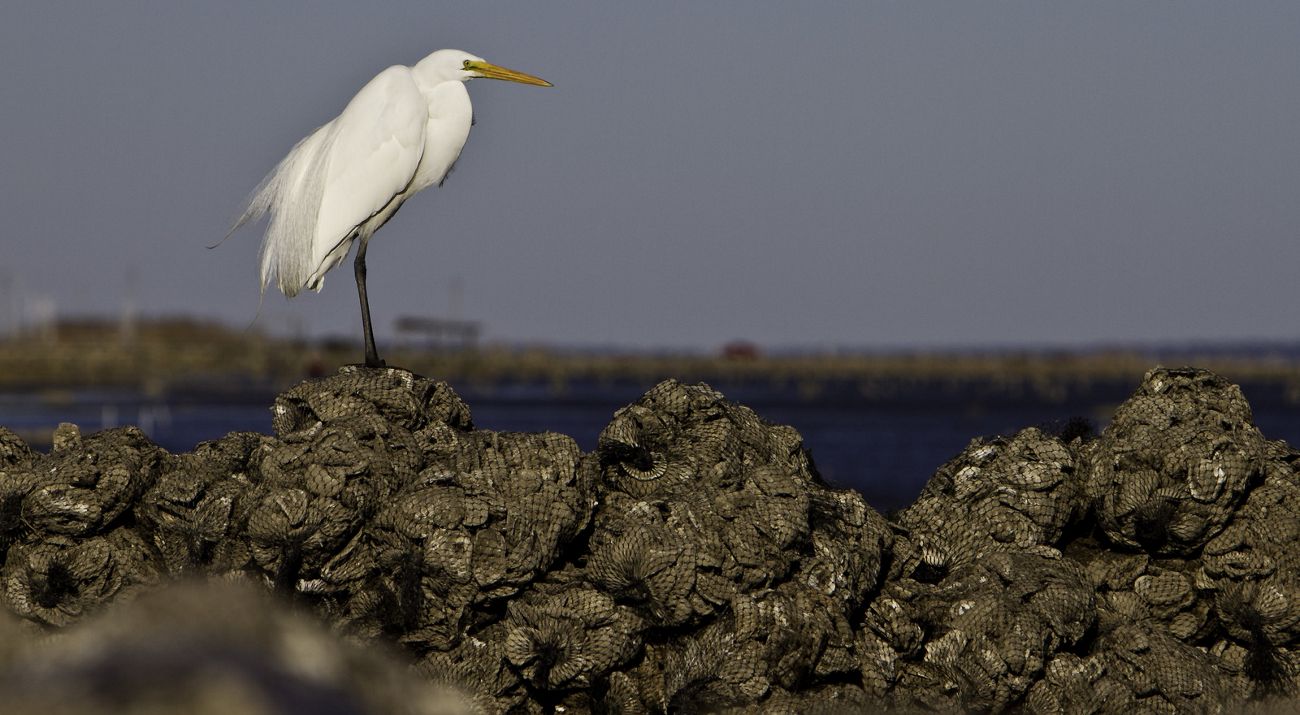The habitat function of shellfish aquaculture is not yet well understood, in part due to difficulties in data collection using traditional methods. In this study, underwater video was used to observe fish and crab species’ affiliations with cultured Pacific oyster Crassostrea gigas and Manila clam Venerupis philippinarum aquaculture sites in comparison to uncultured reference sediment and eelgrass habitats.
Sites were monitored in 9 locations across 3 regions of Puget Sound, Washington, USA, in the summers of 2017 and 2018. Species composition varied between aquaculture and non-aquaculture habitats in 2 of the 3 regions studied. Species diversity and richness in aquaculture habitats varied regionally, relative to reference habitats. Pelagic species were more abundant in aquaculture and reference sites that had vertical structure, but abundances of demersal and benthic species on aquaculture habitat relative to reference sites varied regionally.
